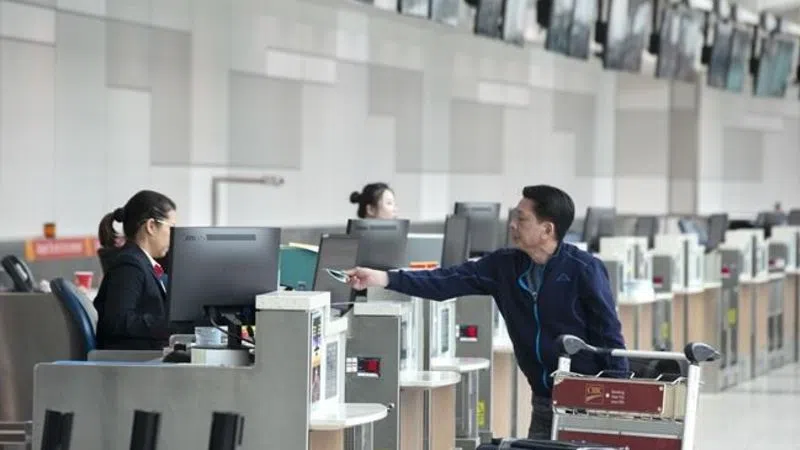
Toronto’s Pearson airport to use AI-powered technology to detect weapons
TORONTO — Canada’s busiest airport will soon be using artificial intelligence-powered technology to detect weapons.
The operator of Toronto’s Pearson International Airport says it has agreed to test the new system developed at an Ivy League American university and marketed by a B.C. company.
Vancouver-based Liberty Defense Holdings Ltd. says the technology, known as Hexwave, can detect both metallic and non-metallic weapons ranging from guns and knives to explosives.
It operates by capturing radar images, then using artificial intelligence to analyze those images for signs of a weapon concealed in bags or under clothing.

